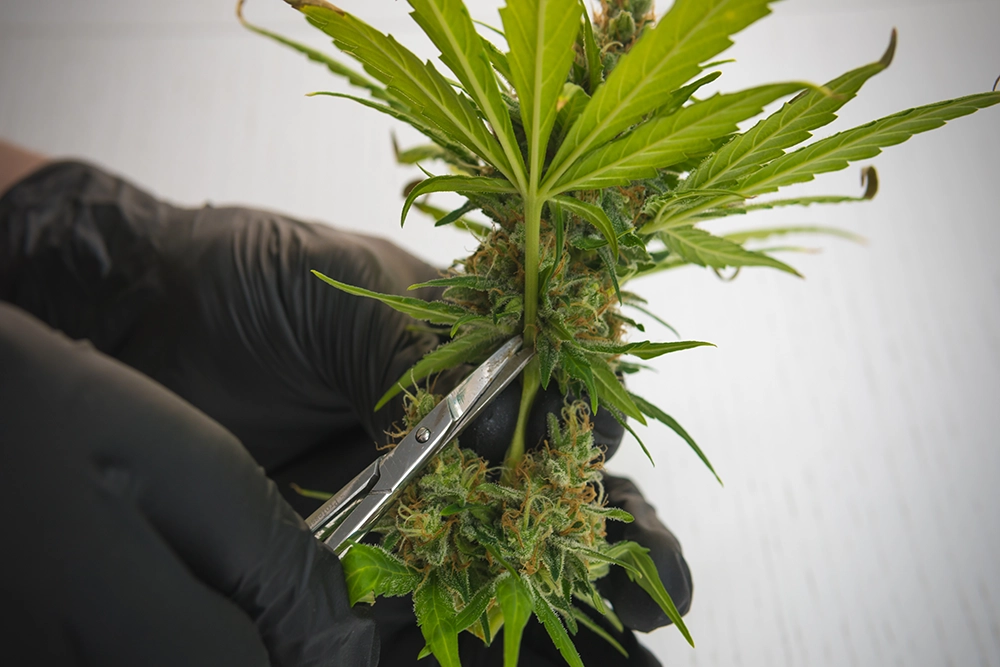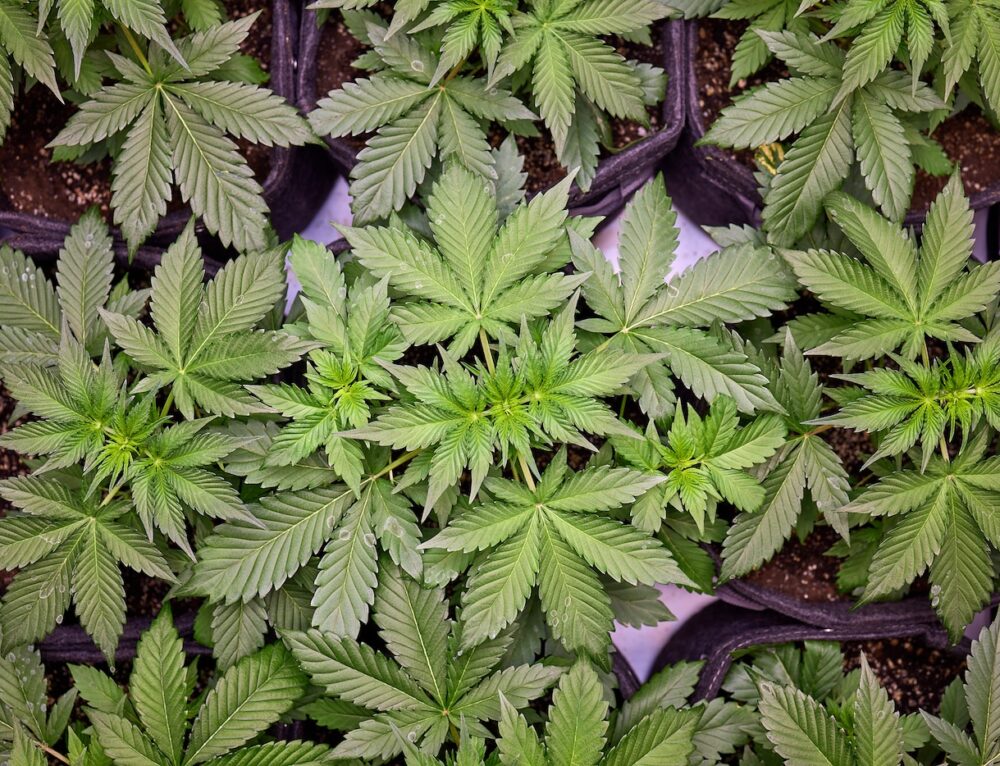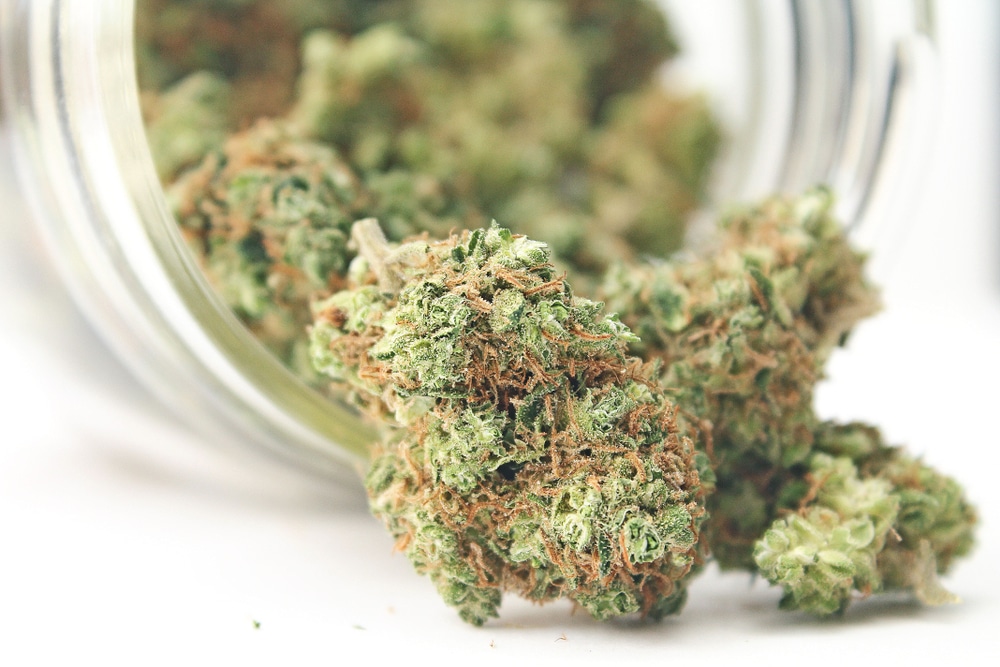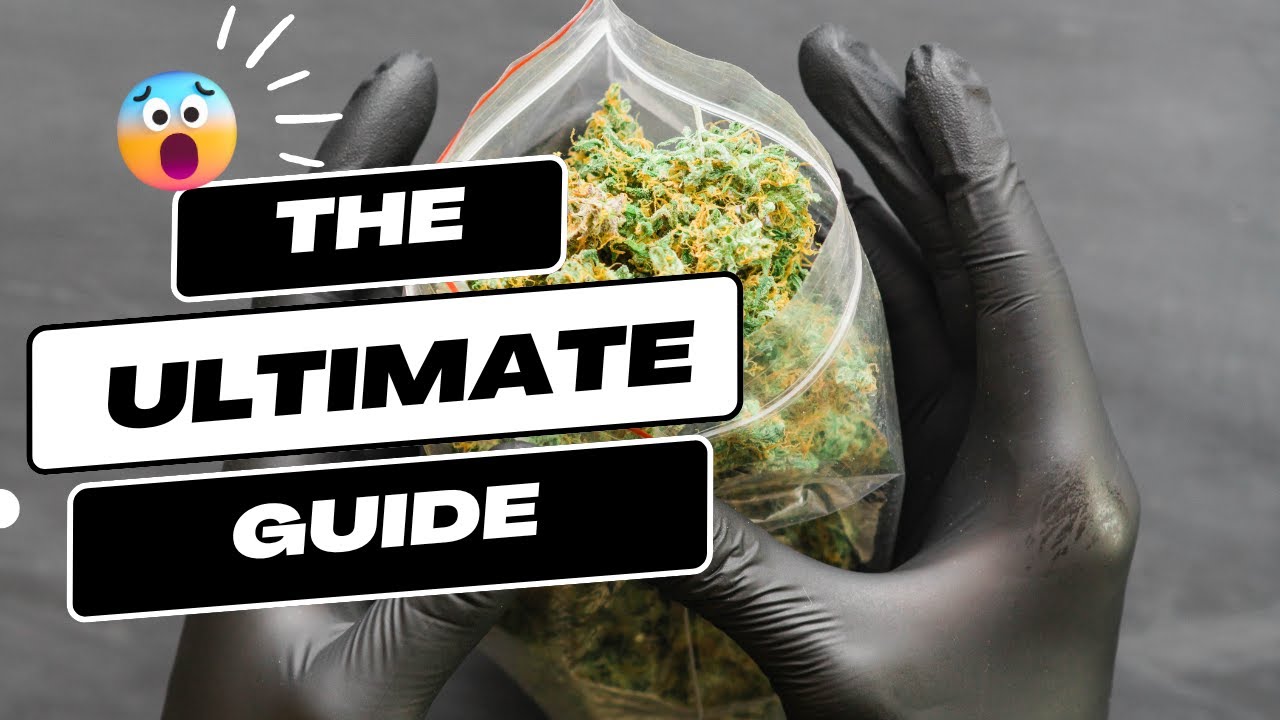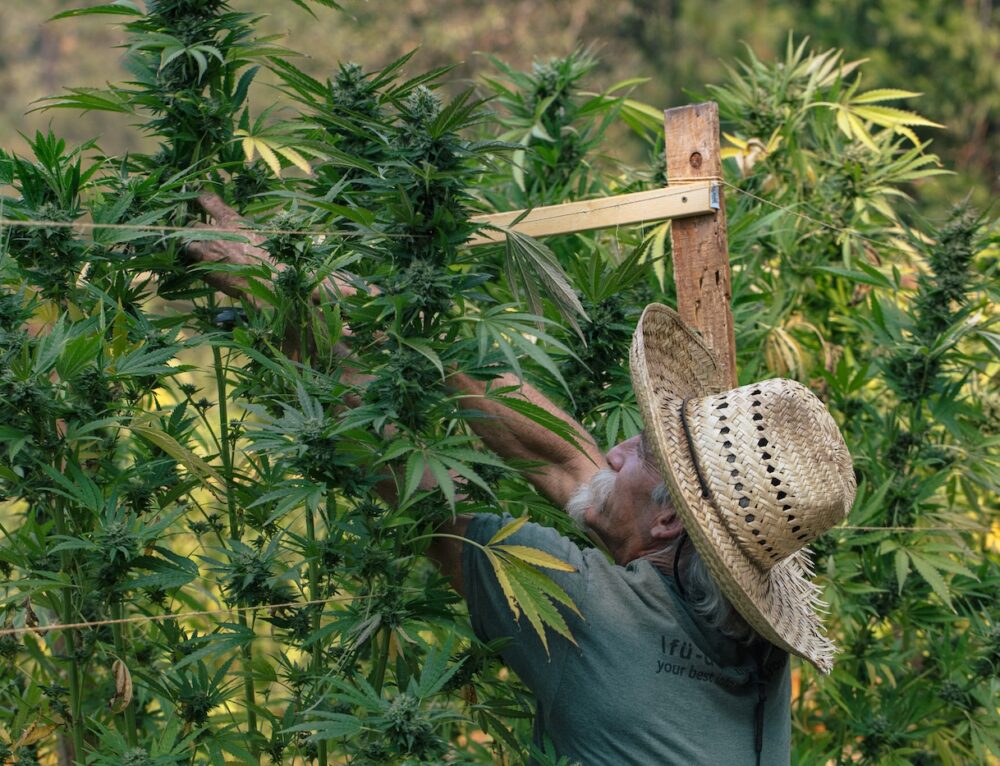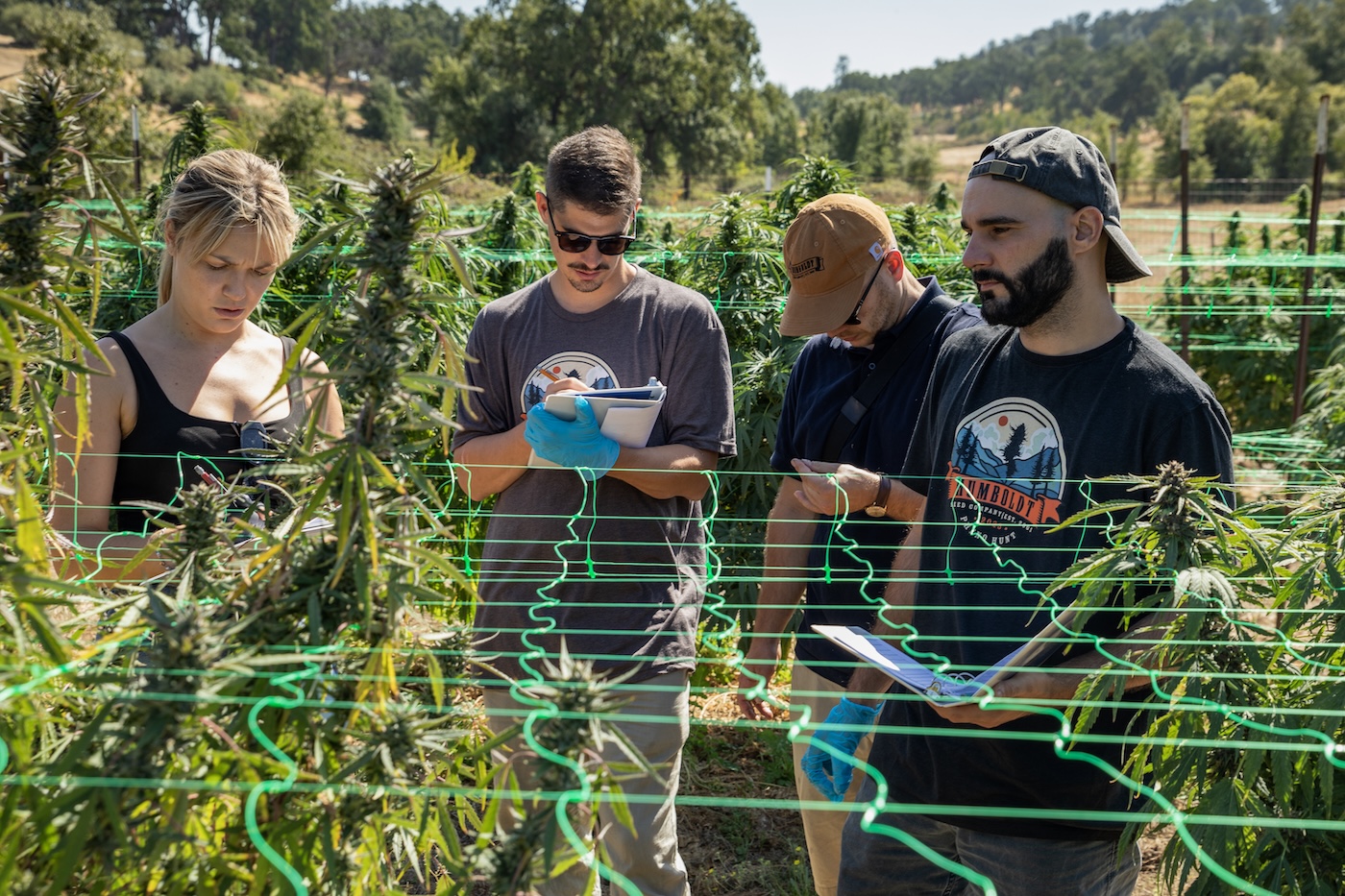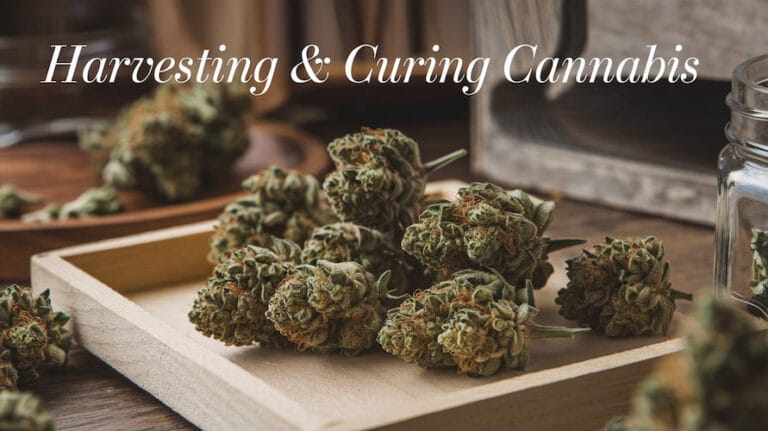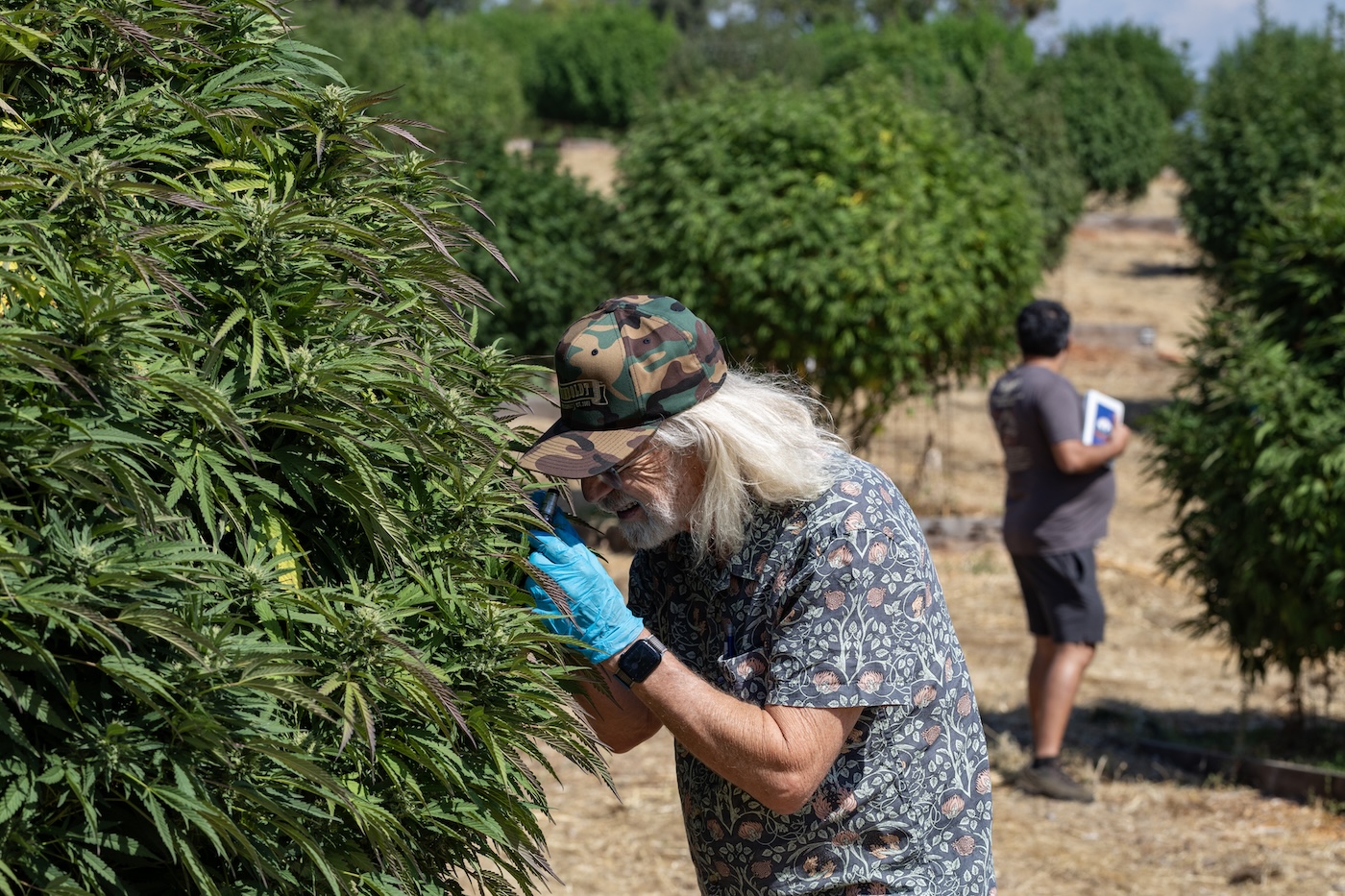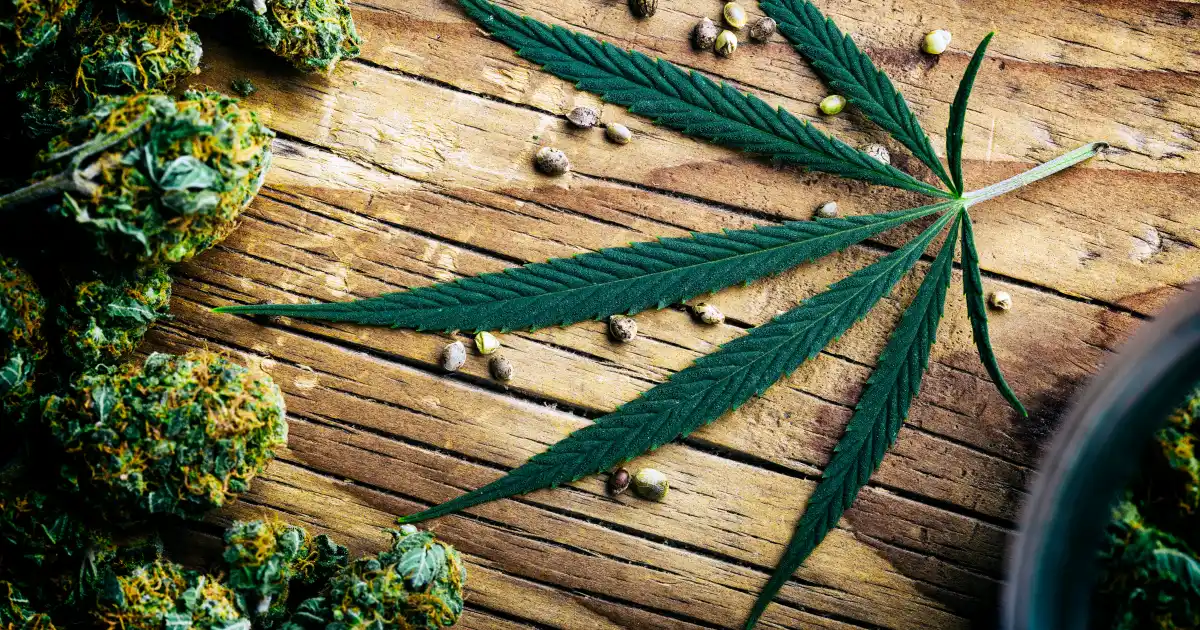How To Cure Cannabis Like A Pro

Imagine the aroma: a blend of citrus zest, earthy pine, and a hint of sweet spice, swirling around you as you gently open a jar. The buds inside, dense and glistening with trichomes, practically hum with potency. This isn't just cannabis; it's the result of meticulous curing, a process that transforms good weed into something truly exceptional.
At its core, curing cannabis is about refining the plant matter after it’s been harvested and dried, optimizing flavor, smoothness, and overall quality. It’s the crucial final step that separates amateur grows from professional-grade product, enhancing both the experience and the value of your harvest.
The history of curing stretches back centuries, though not always specifically applied to cannabis. Preservation techniques like drying and fermenting have been used for food and herbs across cultures to enhance flavor and prolong shelf life. Understanding these historical precedents provides context for the modern cannabis curing process, highlighting its role as a time-honored method of refinement.
The significance of curing lies in its ability to unlock the full potential of the cannabis plant. Improper curing can lead to harsh smoke, unpleasant flavors, and diminished potency. Mastering the art of curing is therefore essential for anyone looking to produce or appreciate high-quality cannabis.
The Science Behind the Sweetness
The curing process hinges on controlling moisture levels within the buds, allowing for the slow breakdown of chlorophyll and the degradation of unwanted compounds. Chlorophyll, while essential for photosynthesis, contributes to a harsh, grassy flavor when present in excess. Proper curing minimizes this, resulting in a smoother, more enjoyable smoking experience.
Enzymatic and aerobic bacterial activity continues during curing, further refining the cannabinoids and terpenes. This controlled degradation helps to convert some of the less desirable compounds, enhancing the overall profile of the buds.
Terpenes, the aromatic oils that give cannabis its distinctive smells and flavors, are particularly sensitive to environmental conditions. Curing at the correct temperature and humidity helps preserve these delicate compounds, resulting in a more fragrant and flavorful final product. The goal is to nurture, not destroy, these precious oils.
Essential Equipment for the Curing Connoisseur
Before diving into the process, gather the necessary tools. You'll need airtight glass jars (mason jars are a popular choice), a hygrometer to monitor humidity levels, and a cool, dark space to store your jars. Consistency in environmental control is key.
Some growers also utilize humidity packs, such as Boveda or Integra Boost, to help maintain optimal humidity levels within the jars. These packs release or absorb moisture as needed, providing an extra layer of protection against over-drying or mold growth. It's a worthwhile investment.
A magnifying glass or jeweler's loupe can be helpful for inspecting the buds for signs of mold or other problems. Regular inspection ensures that you can address any issues early on.
The Curing Process: A Step-by-Step Guide
Once your cannabis has been properly dried (stems should snap, not bend), it's time to begin the curing process. Trim away any excess leaves from the buds, leaving only the sugar leaves that are directly attached.
Place the trimmed buds into your airtight glass jars, filling them loosely about 75% full. This allows for adequate airflow within the jars. Don't overcrowd the buds; it's important that they can breathe.
Seal the jars and store them in a cool, dark place with consistent temperature, ideally around 60-70°F (15-21°C). Fluctuations in temperature can negatively impact the curing process. A stable environment is your best friend.
The "Burping" Ritual: Releasing the Pressure
For the first week of curing, "burp" the jars once or twice a day by opening them for a few minutes. This allows for fresh air exchange and prevents the buildup of excess moisture, minimizing the risk of mold. Listen for a slight hissing sound as you open the jars; it's a sign that gases are being released.
Monitor the humidity levels inside the jars using your hygrometer. Aim for a relative humidity (RH) of around 60-65%. If the humidity is too high, leave the jars open for a longer period to allow excess moisture to escape. If it’s too low, consider using humidity packs.
After the first week, you can reduce the frequency of burping to once every few days. Continue to monitor the humidity levels and adjust as needed. The entire curing process can take anywhere from two weeks to several months, depending on the strain and your desired level of refinement. Patience is key. The rewards are immense.
Troubleshooting Common Curing Concerns
Mold is the biggest threat during the curing process. If you spot any signs of mold (white or gray fuzz), immediately remove the affected buds and discard them. It’s better to lose a few buds than to contaminate the entire batch.
If your buds become too dry, they can lose their potency and aroma. Using humidity packs can help rehydrate them. Alternatively, you can add a small piece of fresh orange or lemon peel to the jar for a few hours. Remove the peel promptly to avoid mold growth.
The aroma of your buds will change over time as they cure. A strong ammonia-like smell is a sign that anaerobic bacteria are at work, which is not desirable. This usually indicates that the buds were not properly dried before curing or that the humidity levels are too high. Increase burping frequency and monitor closely.
Beyond the Basics: Advanced Curing Techniques
Some growers experiment with different curing methods to further enhance the quality of their cannabis. Water curing, for example, involves soaking the buds in water to remove unwanted compounds. This method can result in a smoother smoke, but it can also reduce the aroma and flavor.
Cold curing, which involves curing the buds at lower temperatures, is another advanced technique. Proponents of cold curing believe that it helps preserve terpenes and cannabinoids. This method requires careful monitoring of temperature and humidity to prevent mold growth.
Ultimately, the best curing method is the one that works best for you and your specific strain. Experimentation and careful observation are essential for mastering the art of curing.
Expert Opinions on the Curing Craft
"Curing is where the magic happens," says Jorge Cervantes, a renowned cannabis expert and author. "It's the final touch that transforms good cannabis into great cannabis." He emphasizes the importance of patience and attention to detail throughout the process.
Ed Rosenthal, another leading cannabis expert, stresses the importance of understanding the science behind curing. "By understanding the enzymatic and microbial processes that occur during curing, you can optimize the conditions to achieve the best possible results," he explains.
The general consensus among experts is that curing is an essential step for producing high-quality cannabis. It's a skill that takes time and practice to master, but the rewards are well worth the effort.
The Fruits (or Buds) of Your Labor
After weeks or months of careful curing, your cannabis will be ready to enjoy. The buds should be dense, fragrant, and covered in glistening trichomes. The smoke should be smooth and flavorful, with a potent and enjoyable effect. You’ll know you've done it right.
The curing process not only improves the quality of your cannabis but also enhances its shelf life. Properly cured buds can last for a year or more without losing their potency or flavor.
The journey of curing cannabis is a testament to the power of patience and dedication. It's a process that requires careful observation, attention to detail, and a deep understanding of the plant. But the rewards are immeasurable: a truly exceptional product that reflects the time and effort you've invested.
So, embrace the art of curing. Experiment, learn, and refine your techniques. The world of flavorful, potent, and smooth cannabis awaits. And as you savor the final product, remember that you've not just grown cannabis; you've cultivated an experience.



